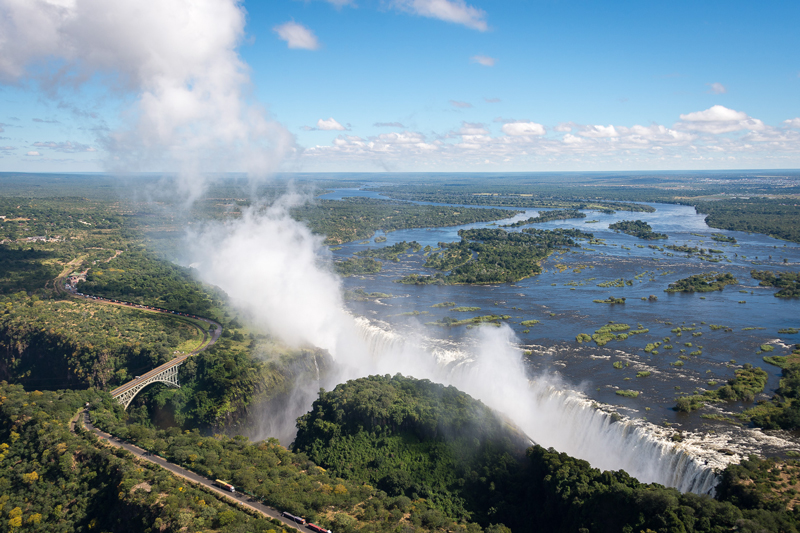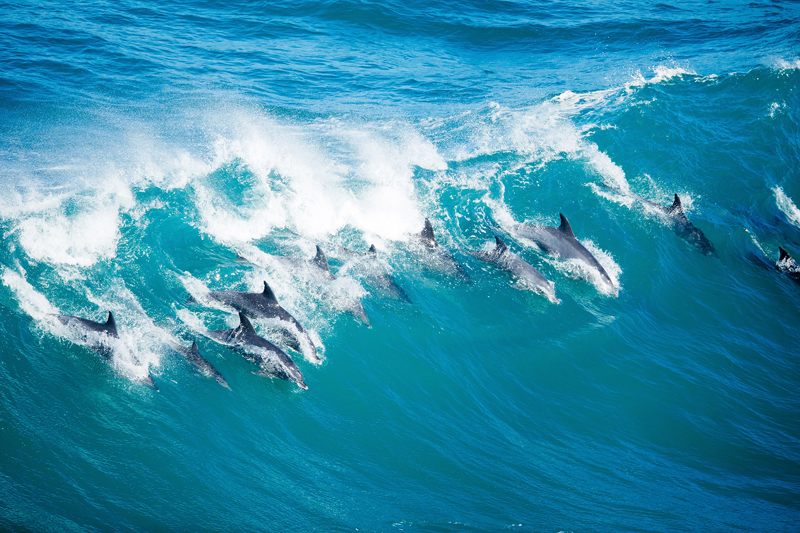When to Travel
Seasons and weather systems in Africa are complex, and they vary hugely between different regions
Climate and weather in Africa are crucial when planning a safari, because they can have a significant impact on game viewing conditions. This page will hopefully highlight many of the key seasonal factors to consider and broadly give you a sense of when to visit different destinations.
However, we would strongly advise that you speak to us before deciding exactly what you wish to do because there are often nuances to consider. Whether you want to know about the chances of rain, temperatures by day and at night, seasonal game movements, specialist wildlife enquiries or simply when certain camps or lodges are open or closed, we can help and steer you in the right direction. Of course it doesn’t help that global weather patterns are shifting and becoming much more unpredictable – so gone are the days of 100% guarantees on any weather conditions!

General Information
Each country page on this website has a chart showing the best months to travel. However, as you consider when you might be able to travel, the following general influences might be worth considering:
- Whilst game viewing is nearly always better in the dry season, this is not exclusively the case. Some regions struggle to support game in the driest times, whilst in others the game populations spread out more when vegetation is less dense during the dry season. The Kalahari Desert in Botswana is the best example of this where game viewing is most concentrated during the green season.
- Birding is often better during the wetter months of the year, when breeding/nesting may take place and migrant species are usually resident. This is especially true in southern Africa (South Africa, Botswana, Namibia, Zambia, Zimbabwe and Malawi) where there are significant seasonal differences in temperature.
- Temperatures can vary hugely depending on region and season. As most people would expect of Africa, it can at times get very hot, and in these conditions wildlife becomes less active earlier in the day and nocturnal species can be slower to emerge. However, it is usually the cold that surprises people. The southern Africa winter (May to September) or high altitude destinations in East Africa, can offer surprisingly cold conditions, especially at night and first thing in the morning. Sometimes a hat and gloves are needed on safari!
- Some regions are so established and/or productive for game viewing that even at the technically ‘wrong’ time of year (i.e. during the rainy season), the game viewing is still magnificent. South Africa in particular follows this rule.
- As weather patterns become harder to accurately predict, and ‘peak’ season prices become increasingly expensive, more people are being flexible about when they travel. Aside from price, there can be definite advantages to travelling in the ‘shoulder’ seasons. Travel in the ‘low’ season is also more productive and less of a compromise than it used to be, however, you should never travel in perceived low season times without fully understanding what the conditions will be.



Detailed Overview
Wildlife viewing in Africa is generally best during the dry season when the lack of grass and foliage increases visibility, and the animals and birds are forced to congregate around limited water sources. Broadly speaking, the wet and dry seasons across Africa can be described as follows:
EAST AFRICA
Equatorial East Africa (Kenya, Tanzania, Rwanda and Uganda) has its main dry season from June to October, with a secondary drier season from mid-December to mid-March. November is historically known as the time of the ‘short rains’, whilst April and May host the ‘main’ rains.
However, it can rain at any time in East Africa and so the seasons somewhat merge into each other. In particular December to March is rarely rain-free, which is just as well as rain falling in the Serengeti is crucial to keeping the wildebeest herds on the southern short grass plains where they calve.
In southern Tanzania, the weather patterns are a little different as latitudes start to merge with the sub-tropics. Here, it’s more normal to have an extended ‘wet season’ from November through to May. High mountain regions and coastal areas will also follow their own micro-climates.
SOUTHERN AFRICA
Sub-tropical Southern Africa (Zambia, Malawi, Mozambique, Zimbabwe, Botswana, Namibia and northern South Africa) has one main dry season which runs from April through to October, and a rainy season from November to March. Although there is some variation in when the rains start each year, and how much falls, annual climatic patterns are generally much more consistent than in East Africa.
INDIAN OCEAN
The cyclone season in the southern Indian Ocean, affecting Mauritius, Madagascar, and potentially the coastal areas of northern South Africa and Mozambique is traditionally from January to March, though in recent years cyclones have been recorded in December and in April.
CAPE REGION OF SOUTH AFRICA
The southern half of South Africa, and in particular the Cape region, falls into a Mediterranean-type climate with winter rainfall from April to October, and a dry summer from November to March.
Wildlife Highlights Calendar



Below is a wildlife/nature calendar which shows some of the better known and more interesting spectacles throughout the year.
DECEMBER / JANUARY TO MARCH
Wildebeest migration concentrated on the southern short grass plains of Tanzania’s Serengeti with calving taking place in late January and early February.
Best-time of year for game viewing in Botswana’s Central Kalahari and Makgadikgadi Pans, with the latter playing host to large concentrations of zebra and flamingo.
Turtle hatching takes place on the Indian Ocean seaboard.
Good birding in southern Africa with migrant summer visitors.
APRIL AND MAY
Botswana’s Okavango Delta begins to flood.
Victoria Falls in peak flow.
South Africa, Botswana and Zimbabwe begin to offer decent, early season safari conditions.
Gorillas tend to be at lower altitudes feeding on young bamboo shoots.
Good time to visit Mozambique, Mauritius and Seychelles.
JUNE AND JULY
Botswana’s Okavango Delta in peak flood.
Wildebeest migration moves into the Tanzania’s western Serengeti and from there heads northwards towards Kenya’s Masai Mara.
Southern Right whales arrive off the southern coast of South Africa.
Namibia, Zambia, Tanzania and Kenya begin to offer good safari conditions.
Sardine run off South Africa’s KwaZulu/Natal coast.
AUGUST TO OCTOBER
Prime game viewing across most of Africa.
Wild flowers (fynbos and daisy species) in South Africa’s Namaqualand region (August and September only).
Wildebeest migration resident in Kenya’s Masai Mara and Tanzania’s northern Serengeti, where river crossings can be witnessed on the Mara River.
Humpback whales can be seen off the east coast of Africa.
Southern Right whales found in large numbers off the southern coast of South Africa.
Carmine and White fronted bee-eaters start nesting in southern Africa.
Good conditions for pelagic tours off the southern Cape.
SEPTEMBER AND OCTOBER
Turtle nesting and egg-laying.
European and Asian migrant birds travel southwards through East Africa to Southern Africa in large numbers.
Heronries start becoming active in Botswana’s Okavango Delta.
Good time to visit Mauritius, Mozambique and Seychelles.
NOVEMBER AND DECEMBER
Turtle nesting and egg-laying begins.
Many mammals drop their young with the onset of the rains (not wildebeest).
Orchid flowering in Malawi’s Nyika Plateau after onset of the rains.
Greater straw coloured bat migration into Zambia’s Kasanka National Park.
Wildebeest migration travels south through Tanzania’s Serengeti.
Good birding in southern Africa with migrant summer visitors.


